Giochi dell'Oca e di percorso
(by Luigi Ciompi & Adrian Seville)
(by Luigi Ciompi & Adrian Seville)

|
Giochi dell'Oca e di percorso
(by Luigi Ciompi & Adrian Seville) |

|
 |

Torna alla ricerca giochi (back to game search) |
 |
| British and Foreign Birds | ||
| A New Game Moral, Instructive and Amusing designed to allure the Minds of Youth to an acquaintance with the Wonders of Nature | ||
 |
Versione stampabile
 |
Invia una segnalazione

|
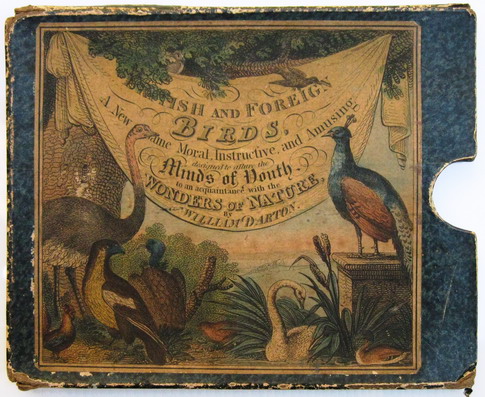 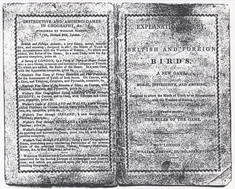 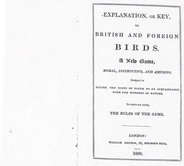  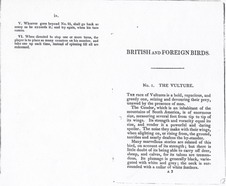 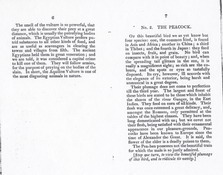 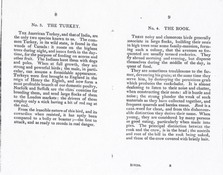 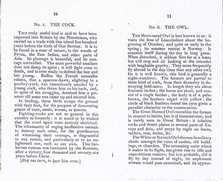 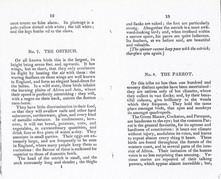 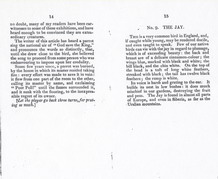 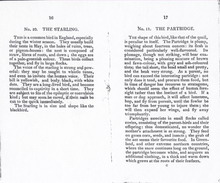 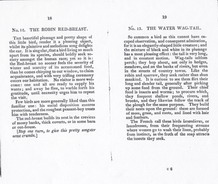 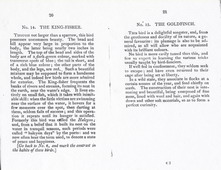 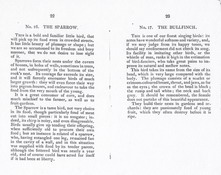 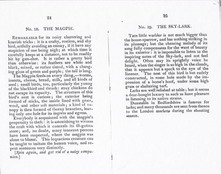 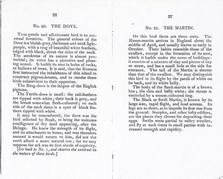 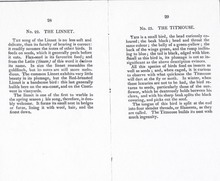 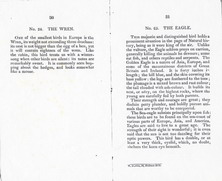 |
primo autore: | Non indicato |
| secondo autore: | Darton William | |
| anno: | 1820 | |
| luogo: |
Inghilterra-Londra |
|
| periodo: | XIX secolo (1°/4) | |
| percorso: | Percorso di 25 caselle numerate | |
| materiale: | carta incollata su tela (engraving on paper with linen backing) | |
| dimensioni: | 480X380 | |
| stampa: | Litografia colorata a mano (hand-coloured engraving) | |
| luogo acquisto: | ||
| data acquisto: | ||
| dimensioni confezione: | ||
| numero caselle: | 25 | |
| categoria: | Mondo animale e vegetale | |
| tipo di gioco: | Gioco di percorso | |
| editore: | Darton William, 58 Holborn Hill, London | |
| stampatore: | Darton William, 58 Holborn Hill, London | |
| proprietario: | Collezione A. Seville | |
| autore delle foto: | A. Seville | |
| numero di catalogo: | 1559 | |
| descrizione: |
Gioco di 25 caselle numerate, spirale, antiorario, centripeto. "Un nuovo gioco moralmente istruttivo e divertente creato per affascinare le menti dei giovani affinchè familiarizzino con le meraviglie della natura". Questo è il pomposo sottotitolo del gioco di Darton "Uccelli Britannici e Stranieri". Il percorso e formato da 25 caselle ciascuna delle quali contiene l'illustrazione di un uccello. Le caselle sono disposte lungo il corpo di un imponente serpente con coda e lingua biforcute e una minacciosa dentatura ricurva. Non sappiamo quale effetto avesse prodotto questa spaventosa creatura sulle menti dei giovani ma di sicuro non ha nulla a che vedere con il gioco in sé. Visto che il libretto delle regole dedica una pagina a ogni singolo uccello in modo che il giocatore possa familiarizzare con la sua descrizione, l'andamento della partita era piuttosto lento. Per alcune caselle, le regole sembrano riflettere il carattere dell'uccello e suggeriscono di conseguenza una lezione morale. Casella 2, il Pavone, saltare un turno per ammirare il favoloso piumaggio di quest'uccello e per ridicolizzarne la vanità. Casella 7, lo Struzzo, la ruota non riesce a stare dietro allo struzzo pertanto girare nuovamente. Casella 8, il Pappagallo, che il giocatore indietreggi di tre posizioni per aver cianciato così tanto. L'aquila uccello maestoso e distinto per eccellenza, è la casella vincente. REGOLE: non riportate sul tavoliere. CASELLE: mute. REFERENZA 1 Game 34: British and Foreign Birds British and Foreign Birds. London: W[illiam] Darton, 58 Holborn Hill, [1820]. Copper engraving with original hand color, 48 x 38 cm., dissected and laid onto linen in 3 x 3 panels, folding into cardboard slipcase with decorative label. Ref.: Ciompi/Seville 1559. William Darton (1781- 1854) was a member of the Darton dynasty that was pre-eminent in the publication of educational aids and pastimes. The sub-title reads: ”A NEW GAME MORAL INSTRUCTIVE AND AMUSING DESIGNED to ALLURE the MINDS of YOUTH to an ACQUAINTANCE with the WONDERS OF NATURE.” The engraved playing track consists of 25 spaces, each depicting a bird. These are connected by the body of a fine and threatening snake, complete with forked tail, forked tongue and a fine set of curved teeth. What effect this fearsome decoration had on the ”minds of youth” is not recorded. The rule booklet says that: ”Two or three persons may amuse themselves at this agreeable pastime; and, if a double set of counters and pyramids are purchased, six persons may play at it. The Totum must be marked one to eight, on its several faces, with pen and ink, or with a pencil.” ”Pyramids” are the pawn-like markers that the players move along the track. The Totum was evidently sold without numerals, to avoid the heavy duty on dice (10s. 1d. per pair, in 1800). The rule booklet devotes a separate page to each bird, the intention being that the player should refer to this for a description of the bird; the pace of the game must have been slow. For a few of the spaces, instructions to move are given that are thought to reflect the character of the bird and thereby to point up a moral lesson: Space 2: The Peacock - Stop one turn to view the beautiful plumage of this bird, and to ridicule its vanity. Space 7: The Ostrich - The spinner cannot keep pace with the ostrich; therefore spin again. Space 8: The Parrot - Let the player go back three turns, for prating so much. Space 18: The Magpie - Spin again, and get rid of a noisy companion. The Eagle, ”that majestic and distinguished bird,” occupies the winning space. (Adrian Seville) Exhibitions: - "The Royal Game of the Goose four hundred years of printed Board Games". Exhibition at the Grolier Club, February 23 - May 14, 2016 (Prof. Adrian Seville). |
|
| bibliografia: |
1) GOODFELLOW, Caroline: "Jeux de société. Le guide du collectionneur des jeux de société depuis le XVIIIe siècle jusqu’à nos jours", (Edizione francese) Carrousel MS, 2001. 2) GOODFELLOW, Caroline:"A Collector's Guide to Games and Puzzles" Secaucus, New Jersey, Chartwell Books-London, Quintet Publishing Limited 1991. 3) GOODFELLOW, Caroline:"The Development of the English Board Game, 1770-1850", in Board Games Studies 1, 1998. 4) SEVILLE, Adrian:"The Royal Game of the Goose four hundred years of printed Board Games". Catalogue of an Exhibition at the Grolier Club, February 23 - May 14, 2016, pag. 74. 5) VOON, Claire: "How the World’s Oldest Printed Board Game Rolled Propaganda into Play", 28 April 2016. 6) LIMAN, Ellen: "Georgian and Victorian Board Games: The Liman Collection", Pointed Leaf Press, 2017. 7) SEVILLE, Adrian: "L'arte dei giochi da tavolo. Oltre un secolo di storia e divertimento dalla fine del Settecento all'inizio del Novecento." Edizioni White Star, 2019. |
|
| "The Development of the English Board Game, 1770-1850" (Caroline G. Goodfellow) | ||
Vai alla ricerca giochi Vai all'elenco autori